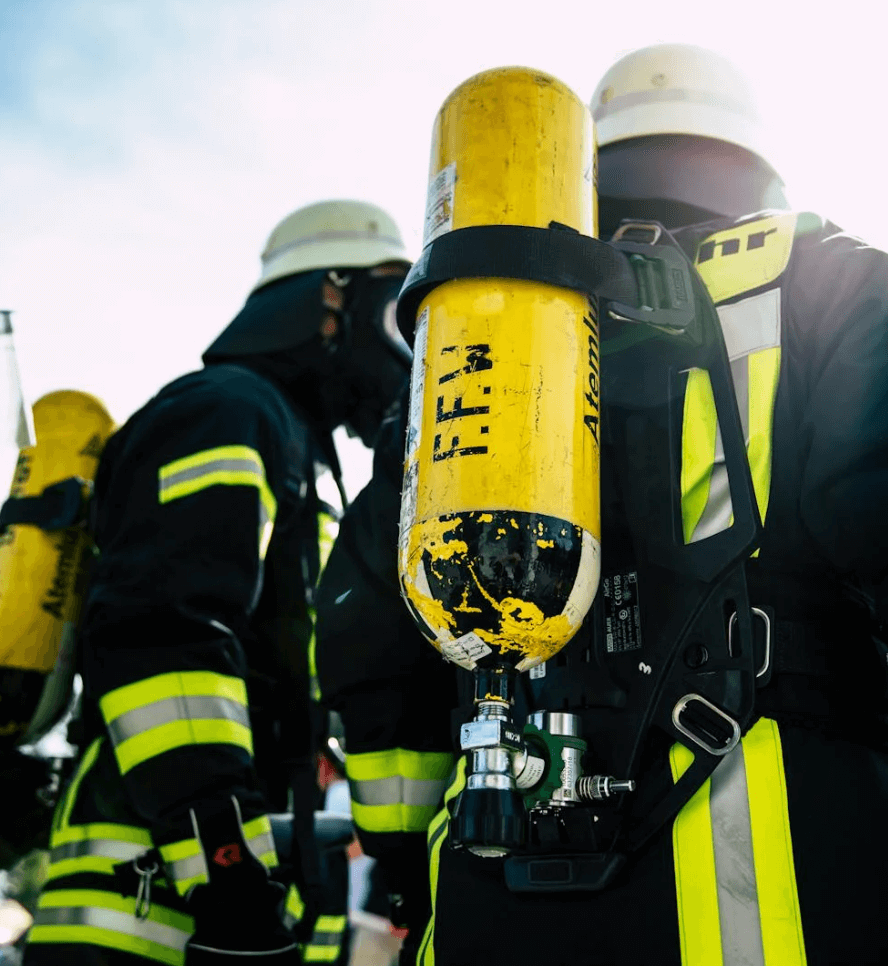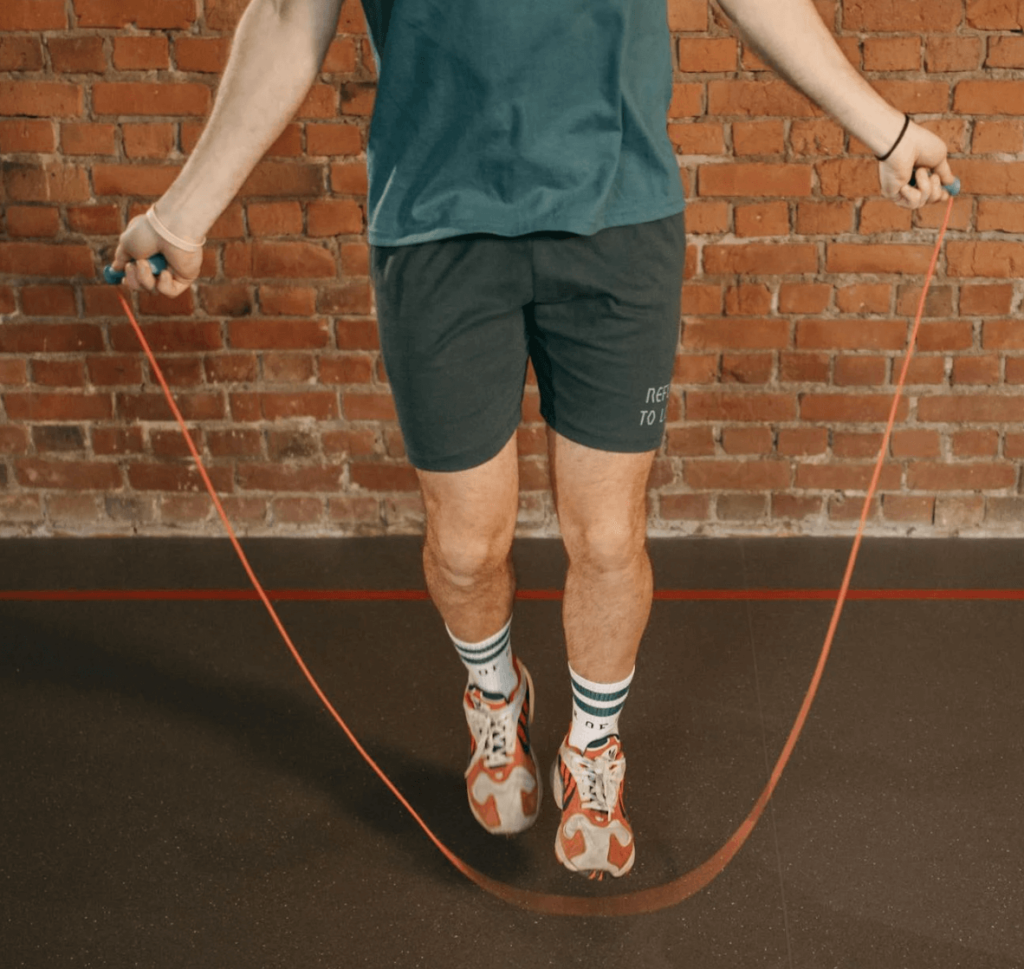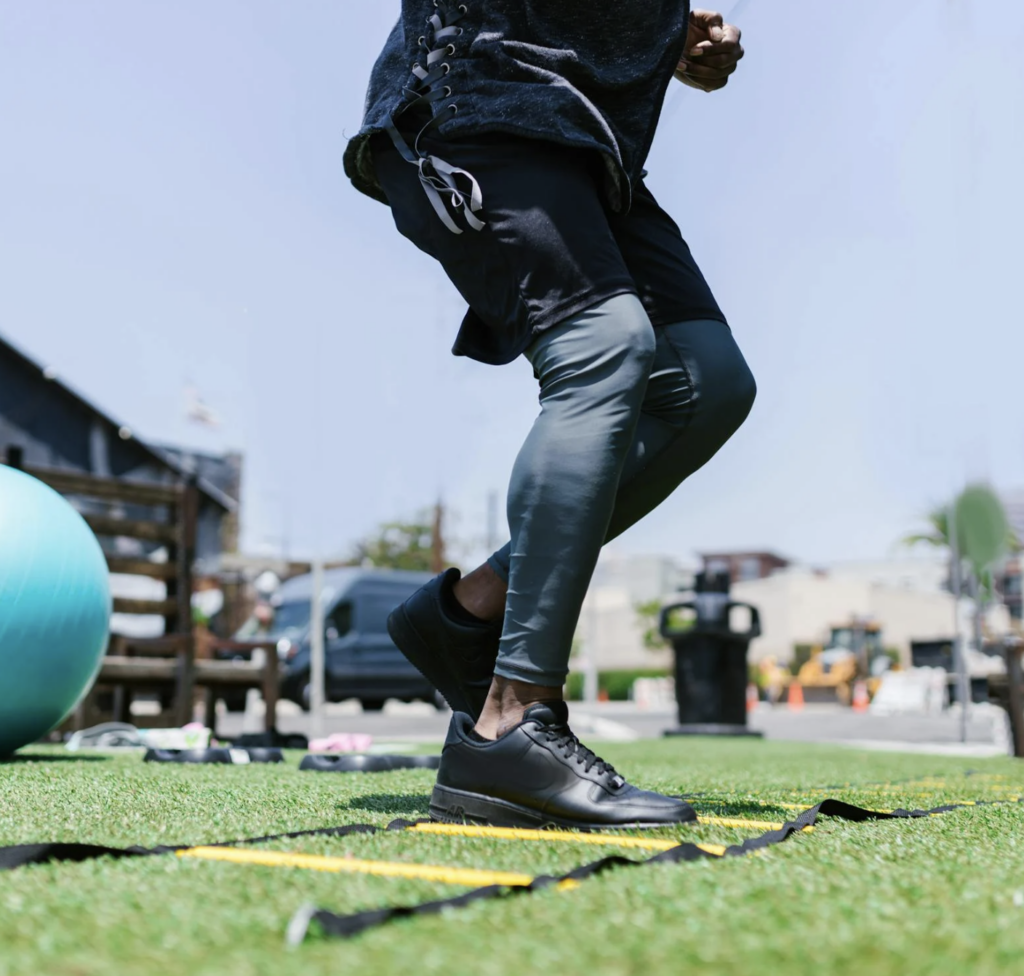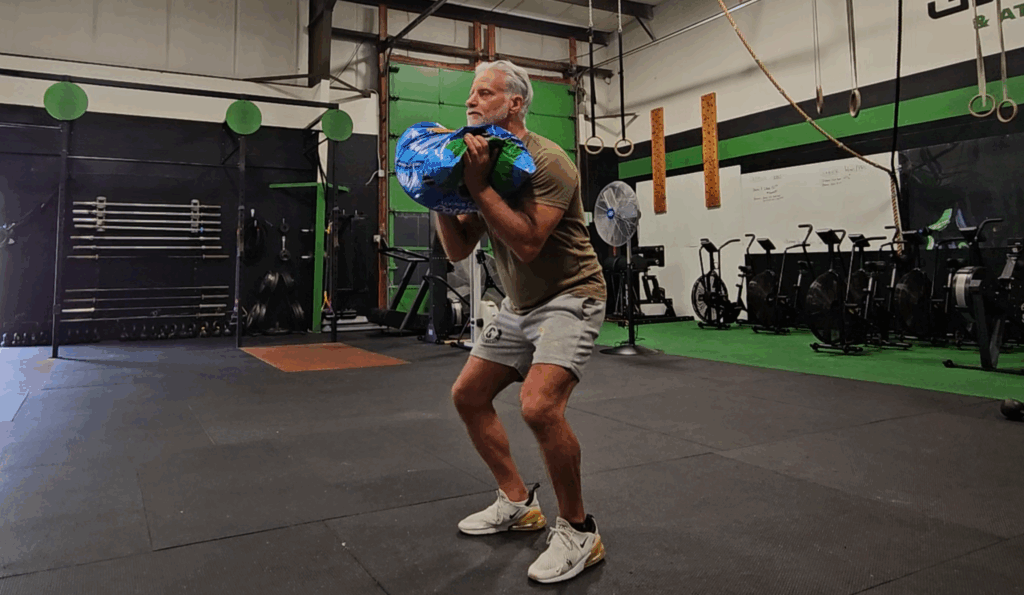For those on the front lines – firefighters, nurses, EMTs – fitness isn’t a hobby. It’s a life-saving necessity. From carrying victims to sprinting up flights of stairs, these everyday heroes rely on their bodies to perform in intense, unpredictable situations. That’s where functional training comes in – building real-world strength, reaction speed, and endurance that translates to critical job tasks.
The Physical Demands of High-Intensity Careers
Unlike a desk job, careers like firefighting, nursing, and emergency response demand quick bursts of strength, speed, and stamina. A nurse may need to lift a patient from bed to chair, while a firefighter could be dragging a hose up multiple flights of stairs. These jobs require more than just muscle – they require the ability to move dynamically and react swiftly under pressure.
- Firefighters: Carrying heavy equipment, pulling hoses, rescuing victims
- Nurses: Lifting patients, transferring equipment, staying on their feet for long shifts
- First Responders: Sprinting to emergencies, carrying medical gear, administering aid in confined spaces
Functional Movements That Make a Difference
- Lifting – Building Full-Body Strength
Firefighters and nurses both need the ability to lift heavy objects without risking injury. Deadlifts and carries replicate these real-world movements, reinforcing safe lifting techniques while building lower body and core strength.
- Exercises: Deadlifts, farmer’s carries, clean and press
- Application: Lifting patients, carrying rescue gear, moving medical equipment
- Sprinting – Speed and Agility
When every second counts, the ability to sprint quickly can be the difference between life and death. Short, explosive sprint drills build cardiovascular endurance and train the body to respond rapidly.
- Exercises: Shuttle sprints, hill sprints, sled pushes
- Application: Sprinting to emergencies, running up stairs, navigating crowded spaces
- Carrying – Endurance and Stability
First responders are often required to carry heavy loads for extended periods. Carries train the core, grip, and shoulders to endure these prolonged tasks without fatigue.
- Exercises: Sandbag carries, overhead carries, weighted sled drags
- Application: Transporting victims, carrying fire hoses, moving medical gear
Real-Life Applications of Functional Training
- Firefighters:
- Dragging a weighted sled to simulate pulling a victim to safety
- Climbing a stair machine with a weighted vest to replicate ascending stairs in full gear
- Nurses and Healthcare Workers:
- Practicing deadlifts to safely lift patients from beds
- Incorporating core stabilization exercises to prevent lower back strain from extended shifts
- First Responders:
- Performing shuttle runs with a weighted vest to mimic carrying medical kits
- Practicing reaction drills to improve response time in high-stress scenarios
Mental Endurance: The Psychological Component of Functional Training
High-intensity careers aren’t just physically demanding – they’re mentally exhausting too. Functional training helps develop the mental toughness needed to stay calm under pressure, make quick decisions, and maintain focus during chaotic situations.
- Reaction Drills: Quick feet ladders and agility cones to sharpen reflexes
- Controlled Breathing: Techniques to reduce stress and maintain clarity in high-stress situations
- Visualization: Mental rehearsals of critical tasks like patient lifts or fire rescues to boost confidence and preparedness
Recovery and Injury Prevention for First Responders
Pushing the body to its limits day after day takes a toll. To prevent burnout and long-term injuries, first responders need structured recovery routines:
- Cooldown Techniques: Stretching and foam rolling to reduce muscle soreness
- Active Recovery Days: Light cardio or yoga to keep blood flowing without overloading the body
- Targeted Mobility Work: Focusing on shoulders, hips, and lower back to combat repetitive stress injuries
Special Considerations for Women in High-Intensity Careers
For women in physically demanding roles, functional training can be tailored to address specific challenges:
- Joint Stability: Women are more prone to ACL injuries, so emphasis on lateral movements and knee stability is essential
- Core and Pelvic Floor Strength: Pregnancy, childbirth, and hormonal changes can impact core stability – include targeted core work and pelvic floor exercises
- Upper Body Strength: Focus on compound lifts to build strength for carrying heavy loads without strain
Functional Training Programs: How to Structure a Routine
Creating a functional training program for first responders involves balancing strength, speed, and endurance. Here’s a sample 3-day split:
- Day 1 – Strength and Power: Deadlifts, farmer’s carries, push press
- Day 2 – Agility and Reaction: Shuttle sprints, ladder drills, cone drills
- Day 3 – Endurance and Core: Sandbag carries, stair climbs, plank variations
Each session should start with a dynamic warm-up and end with cooldown stretches to prevent injury and maintain mobility.
Stay Fit, Stay Safe
For everyday heroes, functional training is more than just exercise – it’s essential preparation for the unpredictable physical demands of the job. Whether you’re lifting patients, carrying rescue gear, or sprinting to a scene, training your body to move dynamically and powerfully can make all the difference. Stay strong, stay agile, and stay ready – because your fitness could save a life.





